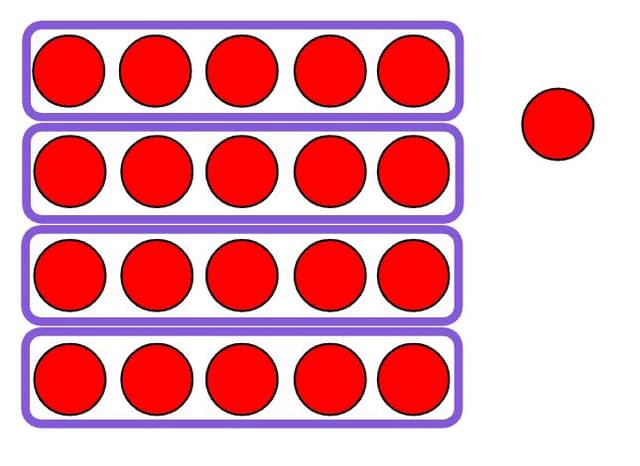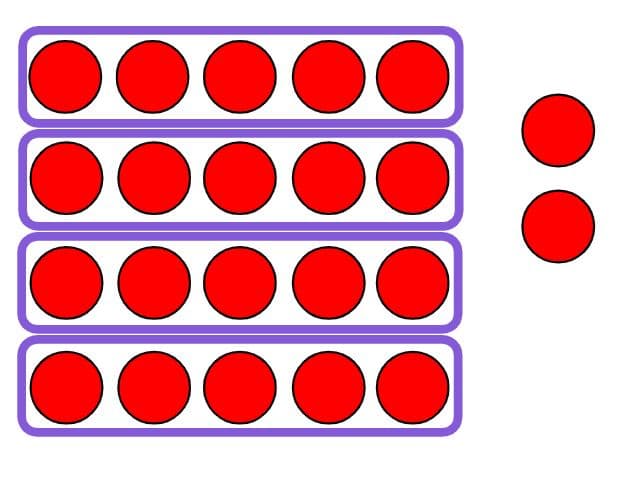Myths about teaching can hold you back
- Year 4
Identify when there will be a remainder
I can use knowledge of times tables and divisibility rules to identify when there will be a remainder.
- Year 4
Identify when there will be a remainder
I can use knowledge of times tables and divisibility rules to identify when there will be a remainder.
These resources were made for remote use during the pandemic, not classroom teaching.
Switch to our new teaching resources now - designed by teachers and leading subject experts, and tested in classrooms.
Lesson details
Key learning points
- If the dividend is a multiple of the divisor, there will be no remainder.
- If the dividend is not a multiple of the divisor, there will be a remainder.
- Times table knowledge can help to identify if there will be a remainder.
- The rules of divisibility can help to identify if there will be a remainder.
Keywords
Dividend - The dividend is the whole amount to be divided into groups or divided into equal parts. It is what we are dividing.
Divisor - The divisor is the number in each group or the number of equal parts that the whole is divided into or between. It is what we are dividing by.
Remainder - A remainder is the amount left over after division when the dividend does not divide exactly by the divisor.
Common misconception
Children may work inefficiently, e.g. they may find the digit sum of 27 to find if it is a multiple of 6, instead of first reasoning that it cannot be because it is an odd number.
Encourage children to consider what they know about a number first (e.g. all even numbers have even multiples) before applying other parts of rules so that they work in the most efficient way. Display models of these to enable recall of them.
To help you plan your year 4 maths lesson on: Identify when there will be a remainder, download all teaching resources for free and adapt to suit your pupils' needs...
To help you plan your year 4 maths lesson on: Identify when there will be a remainder, download all teaching resources for free and adapt to suit your pupils' needs.
The starter quiz will activate and check your pupils' prior knowledge, with versions available both with and without answers in PDF format.
We use learning cycles to break down learning into key concepts or ideas linked to the learning outcome. Each learning cycle features explanations with checks for understanding and practice tasks with feedback. All of this is found in our slide decks, ready for you to download and edit. The practice tasks are also available as printable worksheets and some lessons have additional materials with extra material you might need for teaching the lesson.
The assessment exit quiz will test your pupils' understanding of the key learning points.
Our video is a tool for planning, showing how other teachers might teach the lesson, offering helpful tips, modelled explanations and inspiration for your own delivery in the classroom. Plus, you can set it as homework or revision for pupils and keep their learning on track by sharing an online pupil version of this lesson.
Explore more key stage 2 maths lessons from the Division with remainders unit, dive into the full primary maths curriculum, or learn more about lesson planning.

Licence
Prior knowledge starter quiz
6 Questions
Q1.1. A remainder in a division equation is always __________ the divisor.
Q2.Which of these representations shows 23 ÷ 5?



Q3.Which equation does this number line represent?

Q4.Which equation represents this image correctly?

Q5.Match each division expression to the result of it.
7
7 r 2
7 r 3
7 r 6
8
Q6.The remainder when 70 is divided by 12 is
Assessment exit quiz
6 Questions
Q1.1. Match the parts of the sentence correctly.
if the dividend is a multiple of the divisor.
if the dividend is not a multiple of the divisor.


